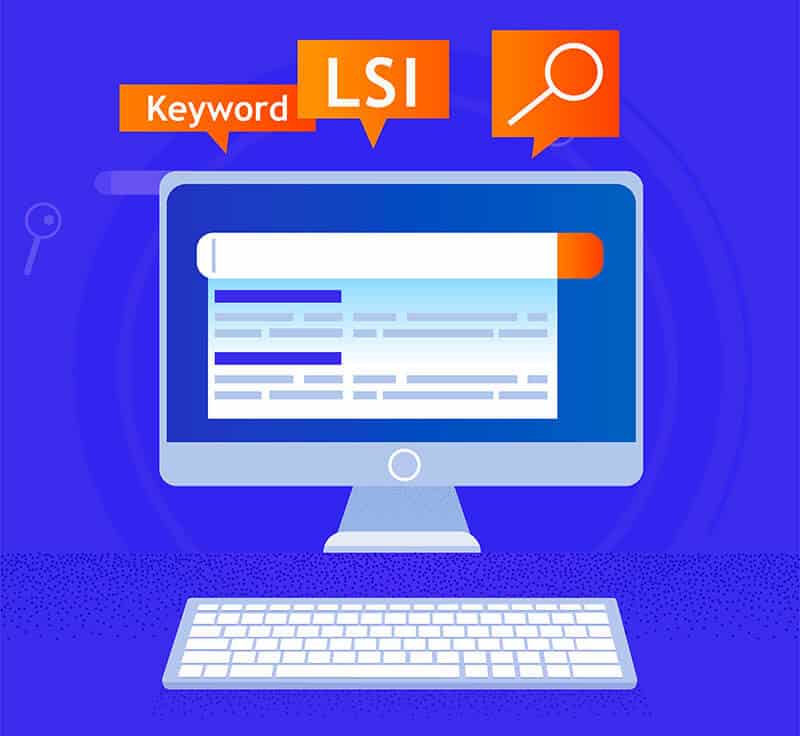Brandy: Five Significant Algorithm Changes
-
Aaron Gray
-
April 26 , 2023
-
4 min read
The Brandy update, which rolled out over a few days from February 17 to 20, 2004, became known for the birth of Google’s new method of indexing called Latent Semantic Indexing or LSI. A month before this change, Florida paved the way for a basic level of LSI called stemming which matches users’ queries with terms related to the root word.
What’s It For
During the launch of the update, some webmasters thought that it was a step back to the pre-Florida algorithm because the changes weren’t fully implemented yet. However, Google confirmed that Brandy involved the integration of new signals of quality for the search engine and improved the way they rank pages. Moreover, it also brought about new ways of measuring quality and relevance.
What Were Its Effects
Sergey Brin, one of the co-founders of Google, announced that the search engine made five significant changes to its algorithm formulas in February 2004. While he didn’t expound on the details of these improvements, some believe that these involved index size, LSI, anchor texts, link neighborhoods, and tag-based optimization.
Here’s an in-depth look at each of the reported changes:
-
Index Size – With the Fritz update marking the end of the monthly Google Dance, search bots tirelessly crawl the web to find new content for daily indexing. Google announced that it had massively increased its index size during the time Brandy was rolled out. Others saw it as a move to outrank its rivals like Yahoo and MSN.
Moreover, there were speculations that this led to the search engine reinstating pre-Florida results that were dropped before to expand its index. -
Latent Semantic Indexing – LSI basically uses close semantic associations of a user’s query to ensure that the search engine provides results in the appropriate topical context. This technology was started with Florida through stemming or matching users’ search terms with keywords related to the root word. If you typed in “travel insurance,” for example, the system might include results for related topics such as hotels, holidays, and vacation tips.
It’s also good to note that Google Suggest, also known as autocomplete, was introduced as a Google Labs feature in December 2004. LSI may have facilitated its development since the function provides recommendations to users as they type in their search query based on the words they entered. - Anchor Text – Brandy witnessed the steady downgrade of Google’s PageRank and the increased focus on the nature, quality, and quantity of inbound as well as outbound link anchor text. With this update, the search engine emphasizes the importance of attracting links that point directly to essential pages using relevant anchor text. Plus, outbound links appeared to be used for evaluating the authority of a site.
- Link Neighborhoods Link neighborhoods pertain to the community that your website is in. With Brandy, it has become more crucial for your pages to get backlinks from sites that are in the same niche as your brand or, at least, talk about similar topics as well as a general theme.
- Tag-Based Optimization Before Brandy, one of the ways websites manipulated search bots was through using the title, H1, H2, and other CSS codes to rank their pages. This update saw the downgrade of these SEO tactics and the increased emphasis on LSI and linking, which are less likely to be exploited.
What It Means for You
The update served as a foundation to today’s search engine system and modern SEO. While Google may still use LSI, it has definitely become more sophisticated. Merely incorporating synonyms in your content isn’t effective anymore. You should focus on structured data or adding labels to your information to help search engines index and crawl through your website faster. These markups provide more details on the page’s content.
These are the typical uses of structured data:
- Knowledge Graph – Google uses structured data to fill in the Knowledge Graph, which is the profile section you see in the right side results page when you search for a brand, artist, or even a film.
- Rich Snippets – Rich snippets pertain to the additional context provided for articles, recipes, and products. It’s the part of the results page with the image thumbnails.
- Social Cards – While markups for social media may not have a direct impact on your SEO, providing these labels is still visible to search engines and can make your content look outstanding when being shared on Facebook, Twitter, or Instagram.
- AdWords – AdWords includes structured data through structured snippets extensions, which enable users to add additional information within your ad copy.



